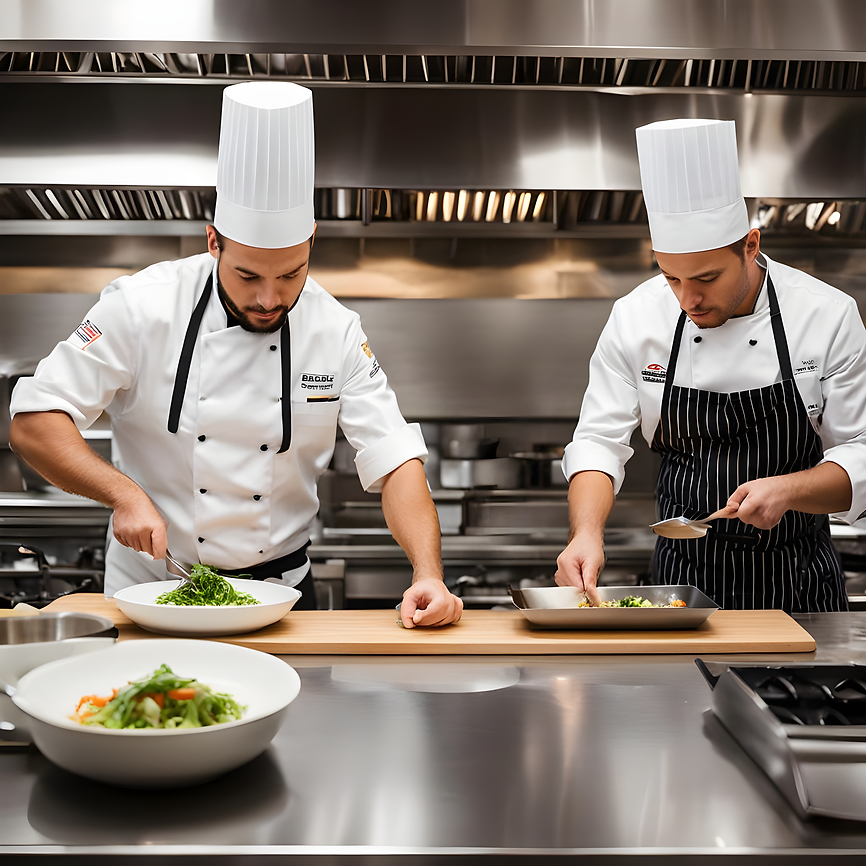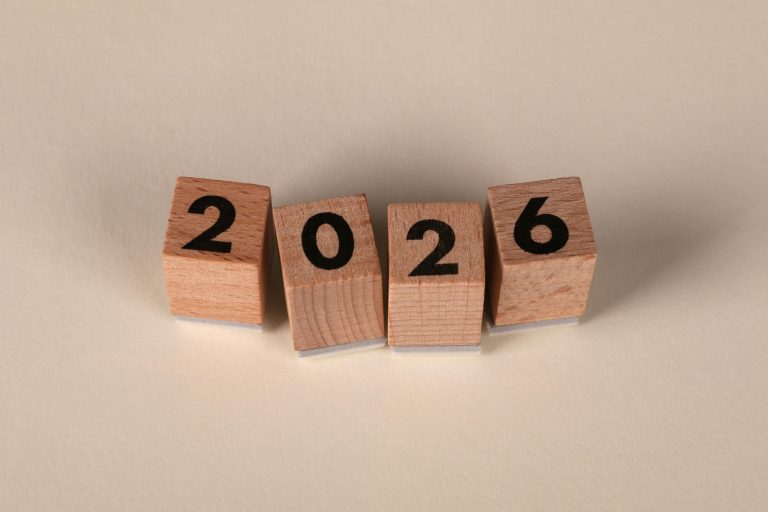The 45 Billion Dollar Problem
Restaurant preparation has always been a guessing game; one that operations managers have gotten really good at in spite of it being a huge challenge. There are tons of ways those guesses can be made. Some restaurants use long and detailed spreadsheets and complicated formulas. Others put their most experienced manager at the helm to use intuition, repetition, and a little bit of elbow grease. These options can get many restaurants pretty close to being appropriately prepared for every shift. But in that gap between “pretty close” and “totally accurate” there lives a host of issues that seem like necessary evils of running a restaurant. Things like margin errors, food waste, overpaying, stock-outs, lost sales, and the list goes on. In fact, due to all the little inefficiencies in the restaurant industry, there is an estimated $45 billion in unnecessary costs in the industry as a whole.
If this 45 billion dollar mistake were corrected, it would mean a restaurant industry that isn’t constantly in crisis. Restaurants would be prepared for the day at hand with all the tools they need to manage the shift ahead. Every morning they would know exactly how many of each menu item they would need to have prepared, the exact amount of batched sides to make, and would have everything ordered, not overstocked. This would leave space for employees to do what they were hired for – creating memorable experiences for their customers. The logistics and planning wouldn’t get it the way. This ideal may seem out of reach, but taking a few key factors into consideration can get restaurants significantly closer to this goal.
Culinary Food Prep
Let’s talk about culinary prep. Culinary prep refers to the process of preparing ingredients and dishes ahead of time, so they’re ready to be finished and served when a customer orders them. When it comes to prep work, the most important thing to get right is how much of each item to produce on a daily or weekly level. When restaurants get this right, they are able to get as close as they can to what’s needed without producing extra waste. Keeping food costs down hinges on accurately preparing for each shift.
Most restaurants will utilize experienced staff members, who have a strong understanding of their restaurants demand patterns, to make guesses as to how much of each item they will sell. Putting the most experienced person on this job is a very important factor for this, because restaurant demand patterns are subject to extreme fluctuations that can be totally unpredictable to an untrained eye. Even most experienced managers will struggle with this task, and can be outperformed by technology.
As an example, Dan is the owner and operator of a BBQ smokehouse in New Jersey, called Red White & Que. He has been running his smokehouse for 8 years, and each night he predicts how much he’ll need to smoke for the following business day. He said, “By now, I think I’ve got a pretty good system, but I’ve been testing ClearCOGS with what I would normally do – I would do those numbers and they’d be dead on, and I would’ve wasted like 3 racks of ribs that day.”
Watch the video about Dan’s story here.
If your restaurant hasn’t been around for as long, if there’s no one with that level of experience, or if the person for the job is on vacation or sick leave, there are still other options for managing this important task. The second most common way restaurants handle food prep is using spreadsheets. Spreadsheets can be set up for gauging which menu items are the most popular and most profitable, finding out what your Cost of Goods Sold (or COGS) are, counting weekly sales, measuring prime costs, and really any process you’d like to measure. Managing these spreadsheets requires an employee in a managerial position with an eye for numbers and organization. The task of updating and maintaining these spreadsheets can sometimes take more than a few hours.
What Is Forecasting?
Forecasts are analytical and data-driven predictions or estimates for the future. For example, weather forecasts use data and scientific analyses to tell us whether to expect rain or sun for the next week. Restaurants can use various forms of demand forecasting to predict how much business to expect in the coming day, week, or month. As previously stated, forecasting can be done by hand, but it is a tedious and difficult task. The easiest way to handle forecasting is by using a technology option. You can find tech options for restaurant demand forecasting at the bottom of this article.
If you’re still interested in performing forecasts by hand, here are some beginning steps into the process:
Looking specifically at forecasting sales, which can help approximately inform how your kitchen should be prepping, there are some equations that can be extremely useful. To get an idea of how much you’ll sell in a given day, you’ll want to use the average covers (number of people that dine with you) you seat during a shift and the average ticket size. The equation is as follows:
Sales = Average Covers per Shift x Average Ticket Size per Cover
For example, if your restaurant usually does 170 covers in a night, and the average a person spends is $23, you could forecast sales to be 170 x $23 = $3,910. Importantly, these averages may fluctuate based on the day of the week, time of the year, holiday, weather, etc. You can account for these fluctuations by using the average of every Monday shift to predict the upcoming Monday. Then if you notice that sales always drop by 5% in summer months, you can adjust that number accordingly.
As you can see, it can be a complicated process, which is why it’s important to have a clever staff member employed who can spend lots of time focusing on this issue. If you’re looking for easier solutions there are some POS systems that will give you reports of your historical sales data, which you can use to crunch numbers faster than documenting them yourself. There is also certain technology options that will automate this task, so you don’t have to pay someone to do it, and so you can ensure even higher accuracy.
Tech Solutions
ClearCOGS is a demand forecasting solution that automates these tasks for restaurants. This totally eliminates those painful analyses that sometimes fall on the wrong team members. Restaurants that use ClearCOGS avoid wasted food at the end of the shift, and filling trash cans with menu items that didn’t sell for seemingly unforeseeable reasons. They also avoid lost sales and disappointed customers from stock-outs. That’s because AI has the power to take in billions of data points where humans can only process a few at a time. It’s a much more affordable option for restaurants who don’t have the funds to keep someone on staff just to run the numbers.
There are other forecasting options in technology as well. For example, PreciTaste does similar forecasting, but relies heavily on hardware, needing to install cameras in restaurant kitchens that are constantly monitored by robots. There are also companies like 5out that will give restaurants generic sales forecasts, but these can leave much to the imagination in terms of how much you actually have to prep.
At the end of the day, there are many ways to handle food prep in a restaurant kitchen. As the industry advances, it will become harder to compete if your operation isn’t run at maximum efficiency. While hiring someone to do the job is a good option, tech is generally more accurate and cheaper. Whichever way your restaurant moves forward with streamlining prep, it’s one of the best ways to lower food costs. Restaurants using technology like ClearCOGS have seen food costs drop up to 3%, which directly translates to an increase in profit margins (which the restaurant industry averages around 5%). Basically, effective prep planning can come close to doubling profits for restaurants.








